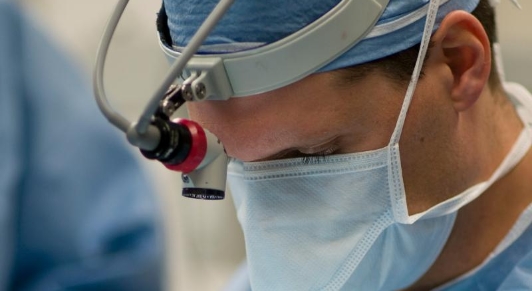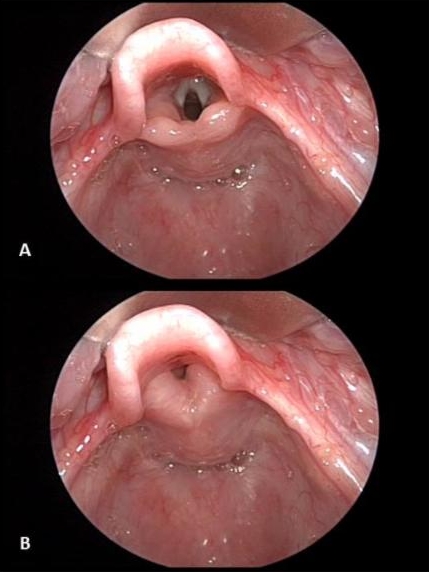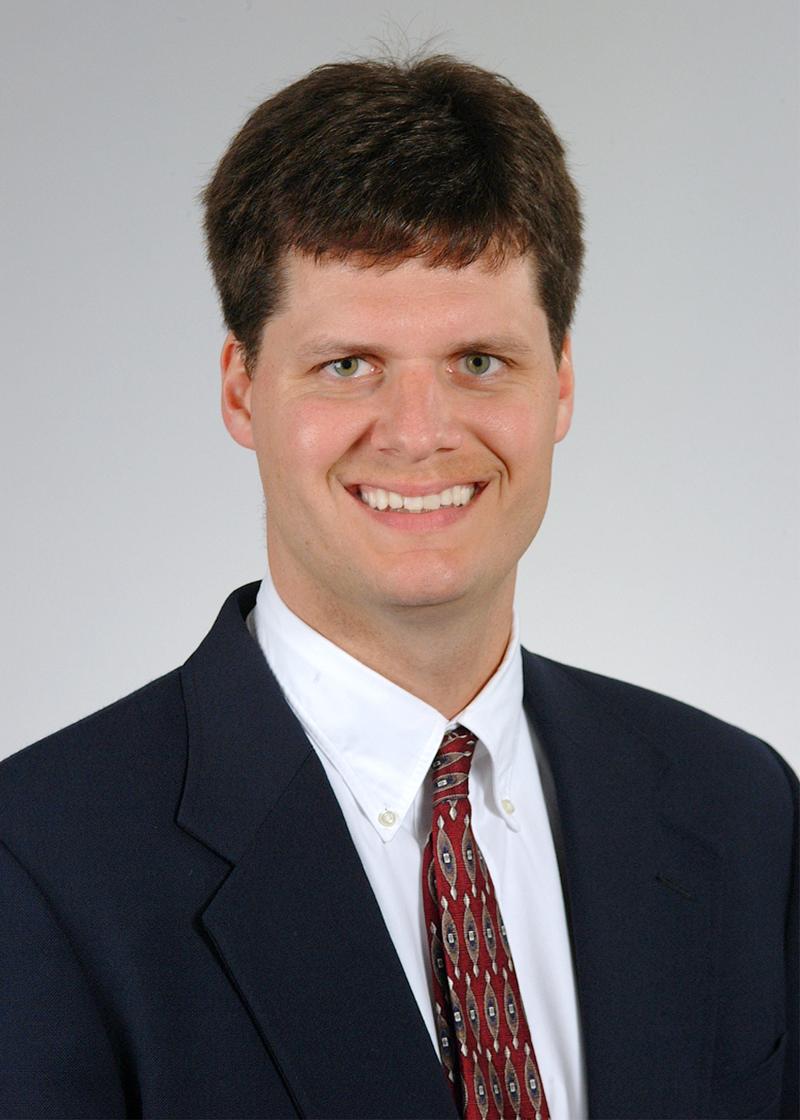September 2014:
Oral vs. Oropharyngeal Cancer, Compare & Contrast
October 2014:
HPV and ENT
November 2014:
Non-stone Salivary Disorders
|
Our E-Update Newsletters are designed to provide brief, practical, clinical updates in areas where we all struggle in managing our patients. To view past issues, please visit our Archives. |
November 2014
F. Johnson Putney Lectureship in Head & Neck Cancer
January 2015
Charleston Sleep Surgery Symposium
March 2015
Pediatric ENT Update
May 2015 Southern States Rhinology
Charleston Magnolia Conference
For program brochure, registration form, and more, please visit our website.
|
We want to hear from you!
We welcome your feedback on our newsletter articles as well as any ENT questions you may have. If there are topics you are interested in learning more about, please
|
|
|
I hope you are staying cool and enjoying the summer vacation season. Thanks to all who joined us at Kiawah Island Resort last month for The Charleston Course: 4th Annual Otolaryngology Literature Update. We had a great turnout and lively exchanges on all topics covered.
In this E-Update, David R. White, M.D. discusses contemporary management of laryngomalacia - surgical treatment and outcomes. Dr. White will host the 2nd Annual Pediatric ENT Update Conference on March 7, 2015. This a comprehensive full-day of lectures and discussion for pediatricians, family practitioners, and otolaryngologists on pediatric ENT diagnosis and dilemmas. Please stay tuned - conference and registration info is forthcoming.
More about Dr. White follows the article below and is on our website. Your feedback or questions about the E-Update articles, your patients, or any other ENT issue are always welcome. Write to us at [email protected]. Please forward this E-Update to your colleagues who may be interested.
Many thanks for your continued interest and support.
Paul R. Lambert, MD
Professor and Chair
|
|
 | |
David R. White, M.D., Director, Pediatric Otolaryngology, MUSC
|
Contemporary Management
of Laryngomalacia
| |
Laryngomalacia is the most common cause of stridor in infants, causing a variable degree of airway obstruction. Supraglottoplasty as a treatment for severe laryngomalacia has become more widely implemented in the last two decades. Traditional indications for supraglottoplasty are applied during infancy and include severe dyspnea, hypoxia or cyanotic episodes, and failure to thrive. These indications permit surgery on only the most severely affected infants. Within the last several years, supraglottoplasty has been shown to be very effective for the treatment of laryngomalacia causing obstructive sleep apnea, exercise-induced stridor, and aspiration in older children. Substantial improvement in OAHI is seen in infants undergoing supraglottoplasty for severe laryngomalacia.
Subjective improvement of stridor and work of breathing are seen in nearly all neurologically normal patients who undergo supraglottoplasty. Reliable improvements are noted in objective measurements such as weight gain/growth and apnea/hypopnea index, and swallowing mechanics. Failure rates of 8-16% are reported, with most reported failures associated with underlying neurodevelopmental delay, syndromes, or prematurity. The most common reported complications of supraglottoplasty include rare cases of supraglottic stenosis and more common cases of aspiration. Most cases of supraglottic stenosis are responsive to revision surgery requiring no further treatment. Post-supraglottoplasty aspiration more recently has been demonstrated to be a continuation of aspiration that was present preoperatively, rather than a consequence of the operation itself. When present, postoperative aspiration is managed conservatively (i.e. thickening of oral liquid intake) and is generally transient (resolving in nearly 100% of cases within a few months). Postoperative recovery is rapid but requires a brief overnight observation period. Overall, the success rates and morbidities of supraglottoplasty compare favorably to those of more common airway procedures such as adenotonsillectomy even though the typical patient with severe laryngomalacia is failing to thrive and in some degree of chronic respiratory distress.
 | |
Laryngomalacia encountered during sleep endoscopy in a child with obstructive sleep apnea (OSA). (A) During exhalation, short aryepiglottic folds are noted in an otherwise normal-appearing larynx. (B) During inhalation, prolapse of supra-arytenoid tissue is noted. Supraglottoplasty corrected the OSA in this patient.
|
Laryngomalacia has been associated with obstructive sleep apnea in infants, but sleep-disordered breathing is more commonly associated with the diagnosis of adenotonsillar hypertrophy in children. Sleep disordered breathing (SDB) in infants is associated with sudden infant death syndrome (SIDS) and is possibly related to decreased intelligence. In children, SDB is associated with decreased intelligence, memory performance, attention, and school performance as well as increased systemic inflammatory response. It also causes increased neuronal loss in the developing brain and results in decreased spatial task learning and retention in rodent models. Given the developing state of the infant brain, one could argue that our criteria for the treatment of SDB in infants with laryngomalacia should more closely represent our criteria for SDB in children with adenotonsillar hypertrophy.
David R. White, M.D.
Medical University of South Carolina
|
- REFERENCES -
- Gozal, D., Obstructive sleep apnea in children: implications for the developing central nervous system. Seminars in pediatric neurology, 2008. 15(2): p. 100-6.
- Digoy G.P., Shukry M., Stoner J.A. Sleep apnea in children with laryngomalacia: diagnosis via sedated endoscopy and objective outcomes after supraglottoplasty. Otolaryngol Head Neck Surg. 2012. 147(3):544-50.
- Dobbie, A.M., and D.R. White. Laryngomalacia. Pediatr clin north am, 2011. 60(4):893-902.
- Rastatter, J.C., et al., Aspiration before and after Supraglottoplasty regardless of Technique. International journal of otolaryngology, 2010. 2010: p. 812-814.
|
About Dr. White...

David R. White, M.D.
Associate Professor
Director, Pediatric Otolaryngology
M.D.: Medical University of South Carolina
Residency: University of
North Carolina at Chapel Hill
Fellowship: Cincinnati Children's
Hospital Medical Center
Special interest: Pediatric otolarygology, airway reconstruction, pediatric otology, cochlear implantation..
|
|
|
|
|